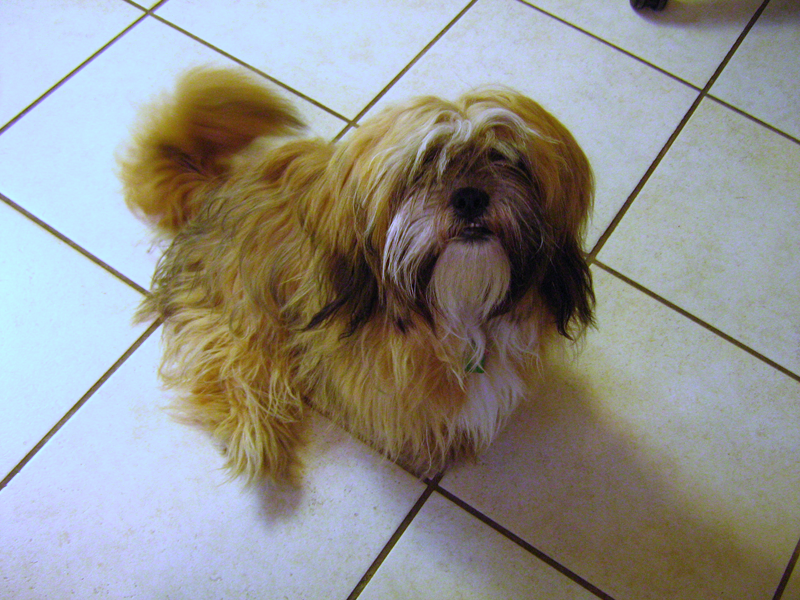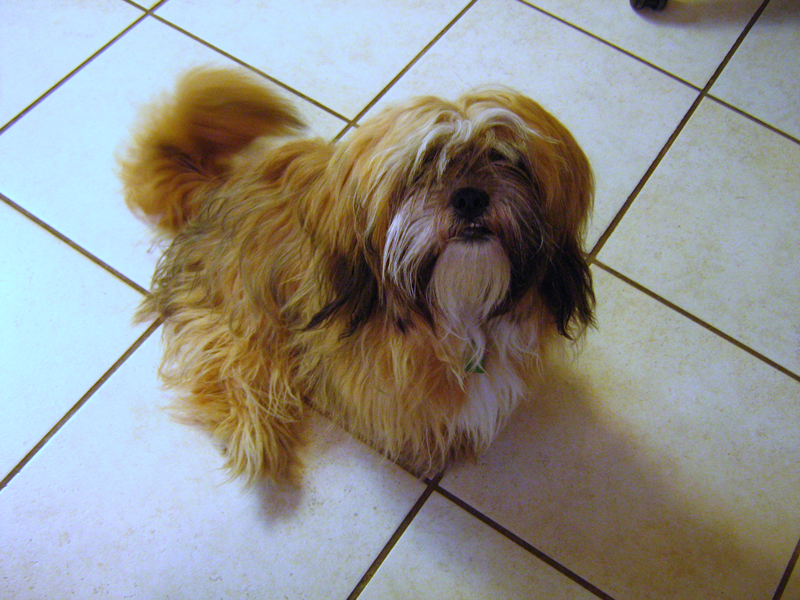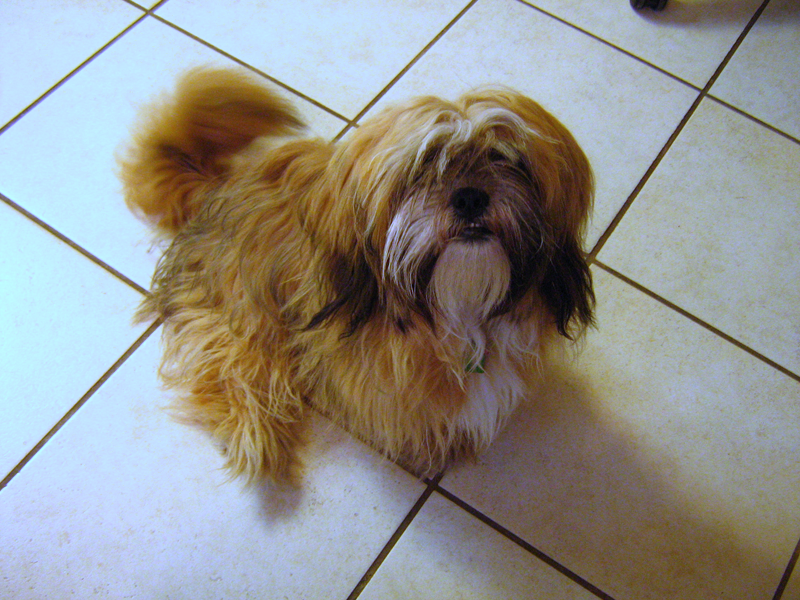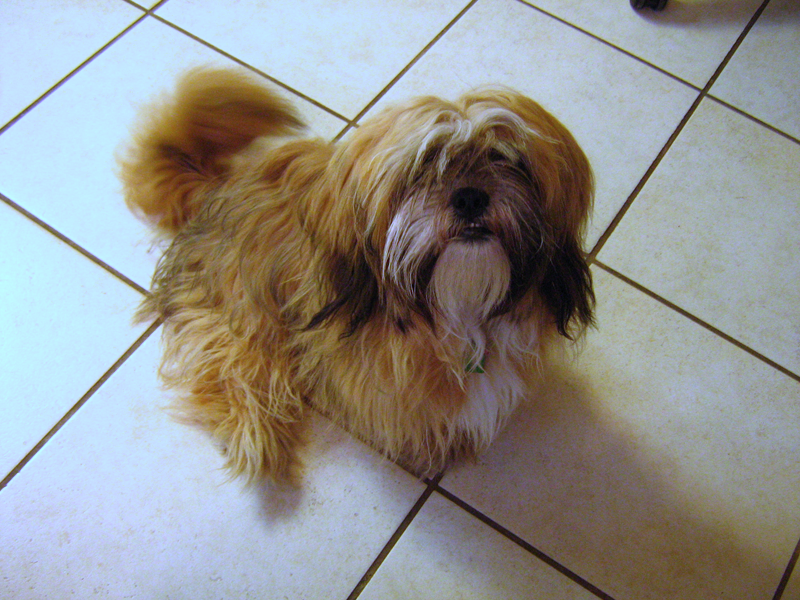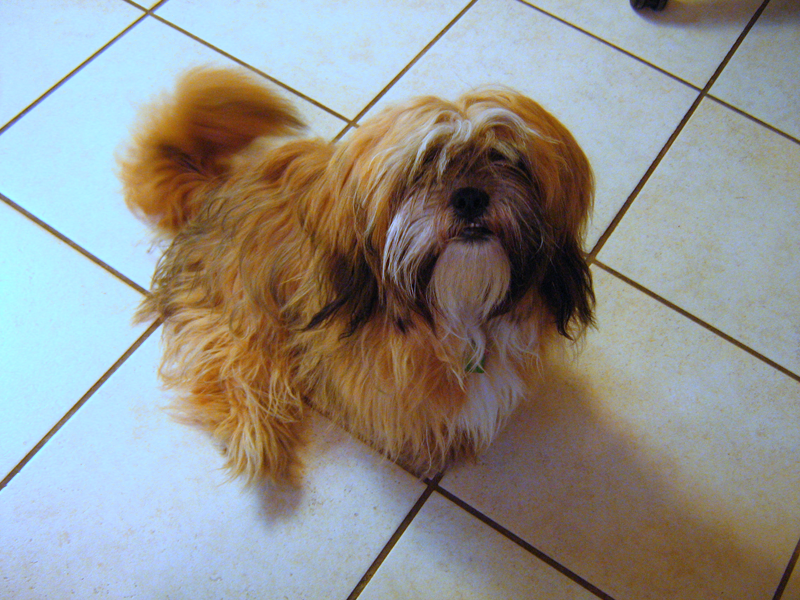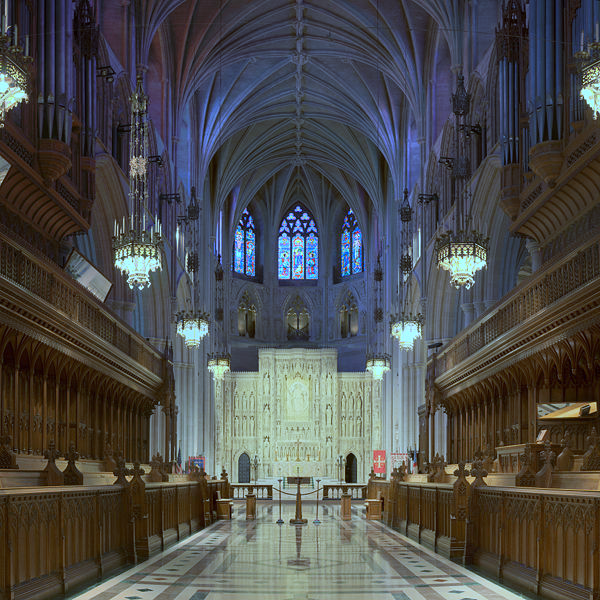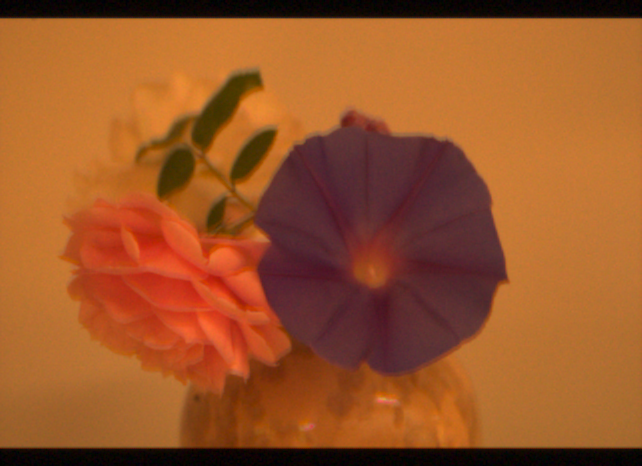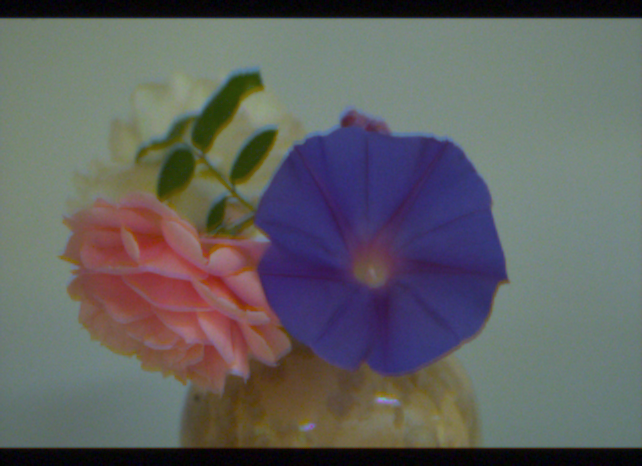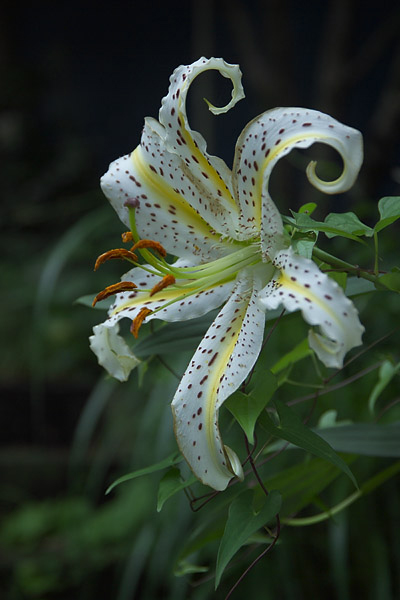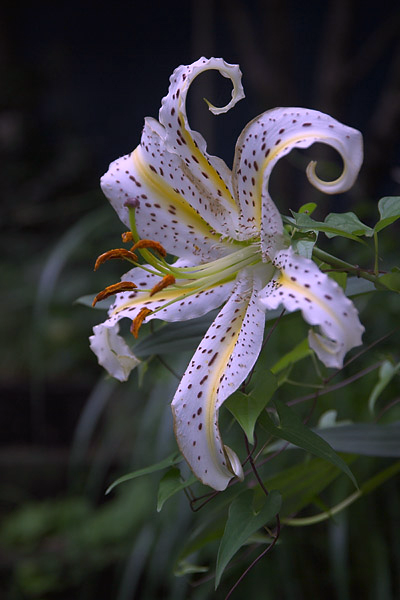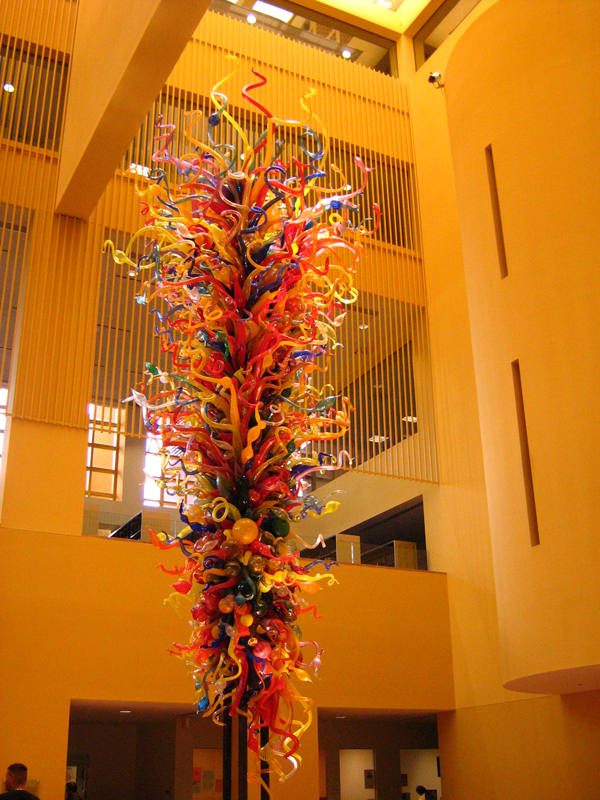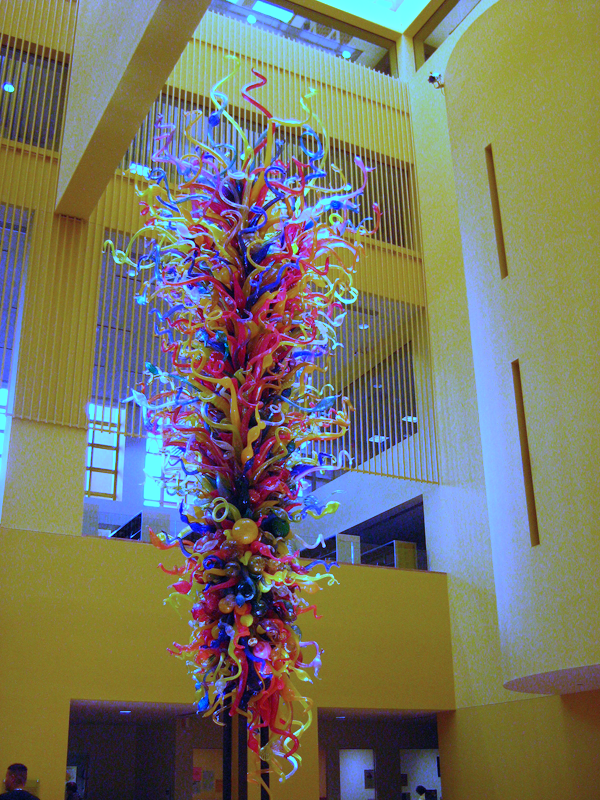function grayWorld(filename,outFile,catType,maxIter,plots)
%grayWorld(filename,outfile,catType,maxIter,plot)
% Performs color balancing via the gray world assumption and a chromatic
% adpatation transform. Can be run interatively to possibly improve the
% result. Set plot = 0 or 1 to turn diagnostic plots on or off.
-
Estimate the color cast using the mean RGB value across the whole image.
rgbEst = mean(imRGB,2);
-
Convert to xy-chromaticity then XYZ assuming the image already lives in the sRGB color space. The hope is that the manufacturer has made whatever conversions are necessary to put their sensor outputs in sRGB space when it stores JPEGs.
xyEst = XYZ2xy(sRGBtoXYZ*rgbEst); %calculate xy chromaticity
xyzEst = xy2XYZ(xyEst,100); %normalize Y to 100 so D65 luminance comparable
-
Apply a chromatic adaptation transform to reach the target D65 canonical illuminant.
imRGB = cbCAT(xyzEst,xyz_D65,catType)*imRGB;
This process can be looped to try to force the average color to a neutral gray. Usually this is too extreme and is an indication that the gray world assumption is not correct in general. Consider a photo of the ocean, for example. Nevertheless, it provides a reasonable rough estimate of the illuminant.

